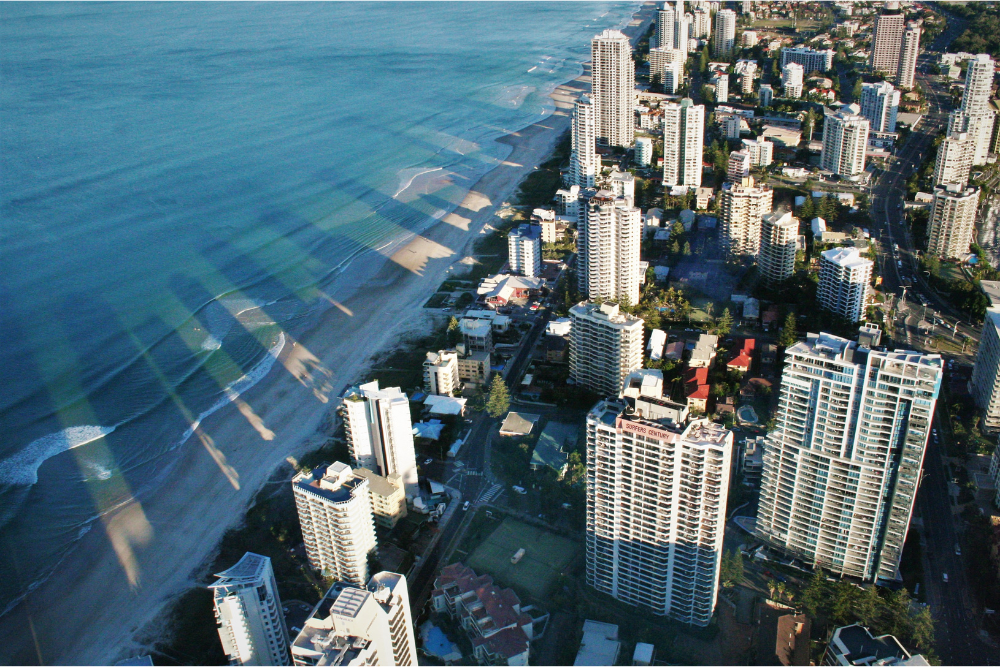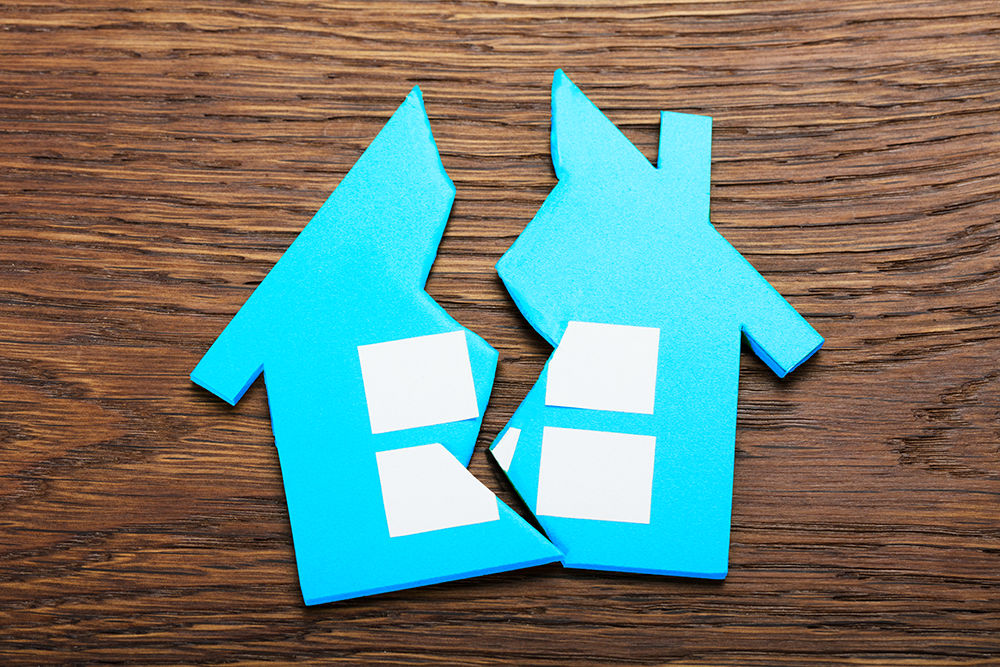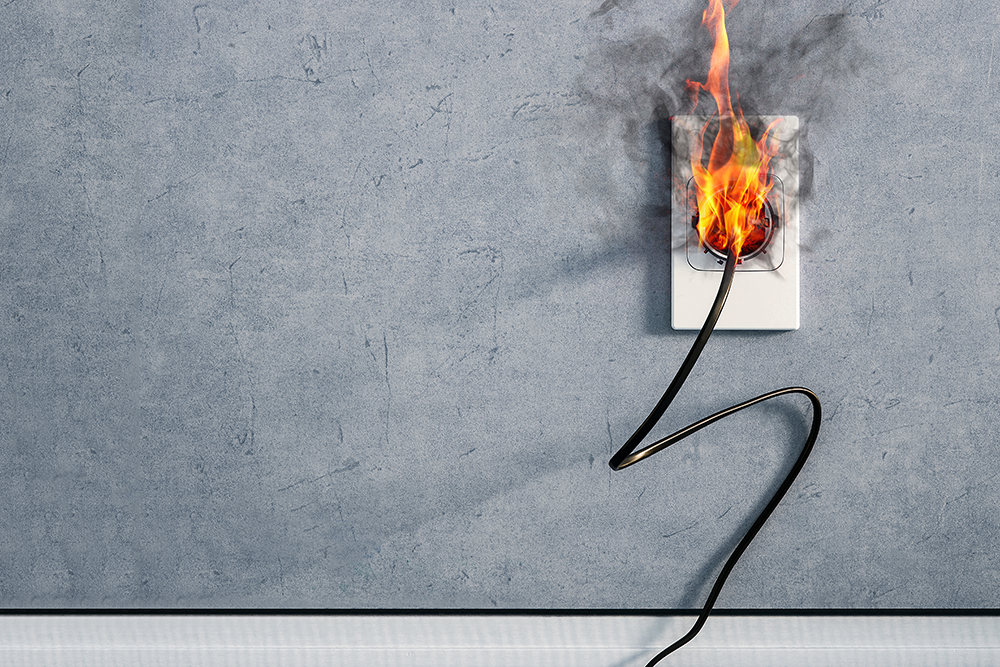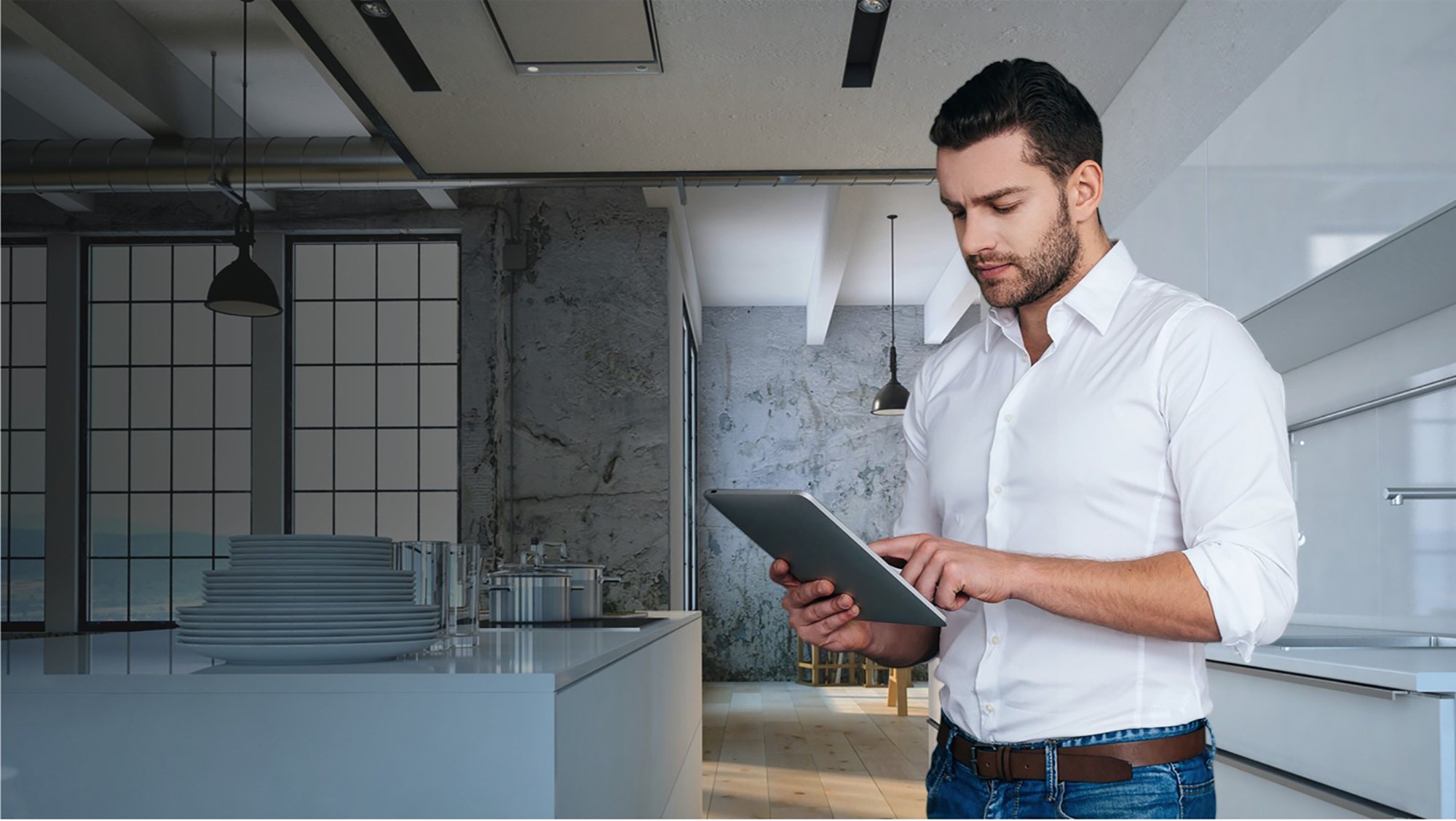
Victoria and New South Wales to Introduce New Taskforces
The recent announcement by the Allan Labor Government regarding the establishment of a new renting taskforce, aims to tackle rental provider misconduct, addressing a range of rental offences, including false advertising, renting out properties that fail to meet minimum standards, and failure to lodge bonds.

Making the most of a builders warranty
Unfortunately, taking the safety of a new build for granted can be a big mistake, and there are good reasons why a safety report on a new build is a sensible strategy to ensure everything is in order before someone finds out the hard way that something is amiss, as our case study shows.

How PropertySafe is supporting Property Managers to mitigate risk & protect tenants.
Ensuring properties meet safety standards and can be safely tenanted is a huge responsibility both in terms of business and property investor liability and the property manager’s personal desire to prevent harm coming to the tenants in their care. This is where the PropertySafe strategy can help take the load off.

Are you up to date with Queensland’s rental laws and housing standards?
Queensland’s recent rental reform will come into effect on 1 October 2022, with minimum housing standards to apply to new tenancies from 1 September 2023 and to ALL tenancies from 1 September 2024. Compliance with these changes is a requirement for lessors, so property managers need to be familiar with the updated regulations.

Uninhabitable property complaints on the rise
Consumer Protection has recently received an increased number of complaints from tenants about unacceptable living conditions.

It’s Carbon Monoxide Awareness Week – what you need to know
April 29 marked the start of Carbon Monoxide Awareness Week, an annual national event run by the Chase and Tyler Foundation to raise awareness of fuel burning appliance safety. With…

Are your landlords’ properties fire safe?
While summer is technically almost over, many parts of Australia are still sweltering through some of the hottest, driest conditions we have seen. And these conditions are set to continue into autumn. When scorching temperatures combine with strong dry winds, it is a recipe for potential disaster…

Minimum standards are coming – it’s only a matter of time
At the end of October, the UK press announced greater protection for renters thanks to plans to overhaul health and safety standards for rental accommodation. New Zealand rental property standards…

Have your say on Queensland’s rental reform before November 30
If you are a property manager, landlord or tenant in Queensland, you only have until the end of the month to have your say on proposed reforms to the state’s 40-year old residential tenancy laws.

When building compliance codes change
In February, the NSW Minister for Innovation and Better Regulation, Matt Kean announced new plans to change how buildings are constructed in NSW. The changes were made in response to…
